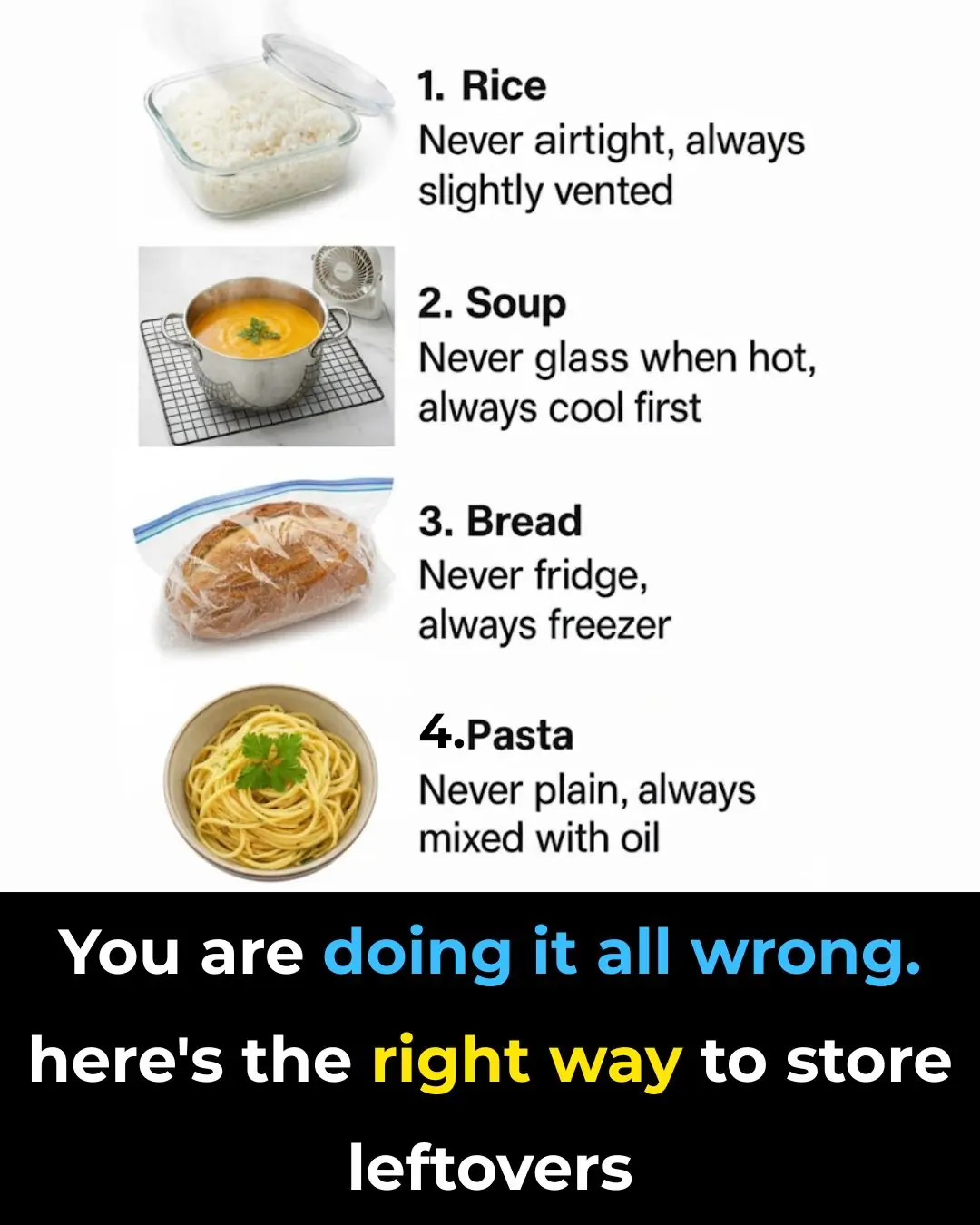
Vinegar is the key to streak-free windows and shiny surfaces, but most use it wrong. Here's the right way to use it
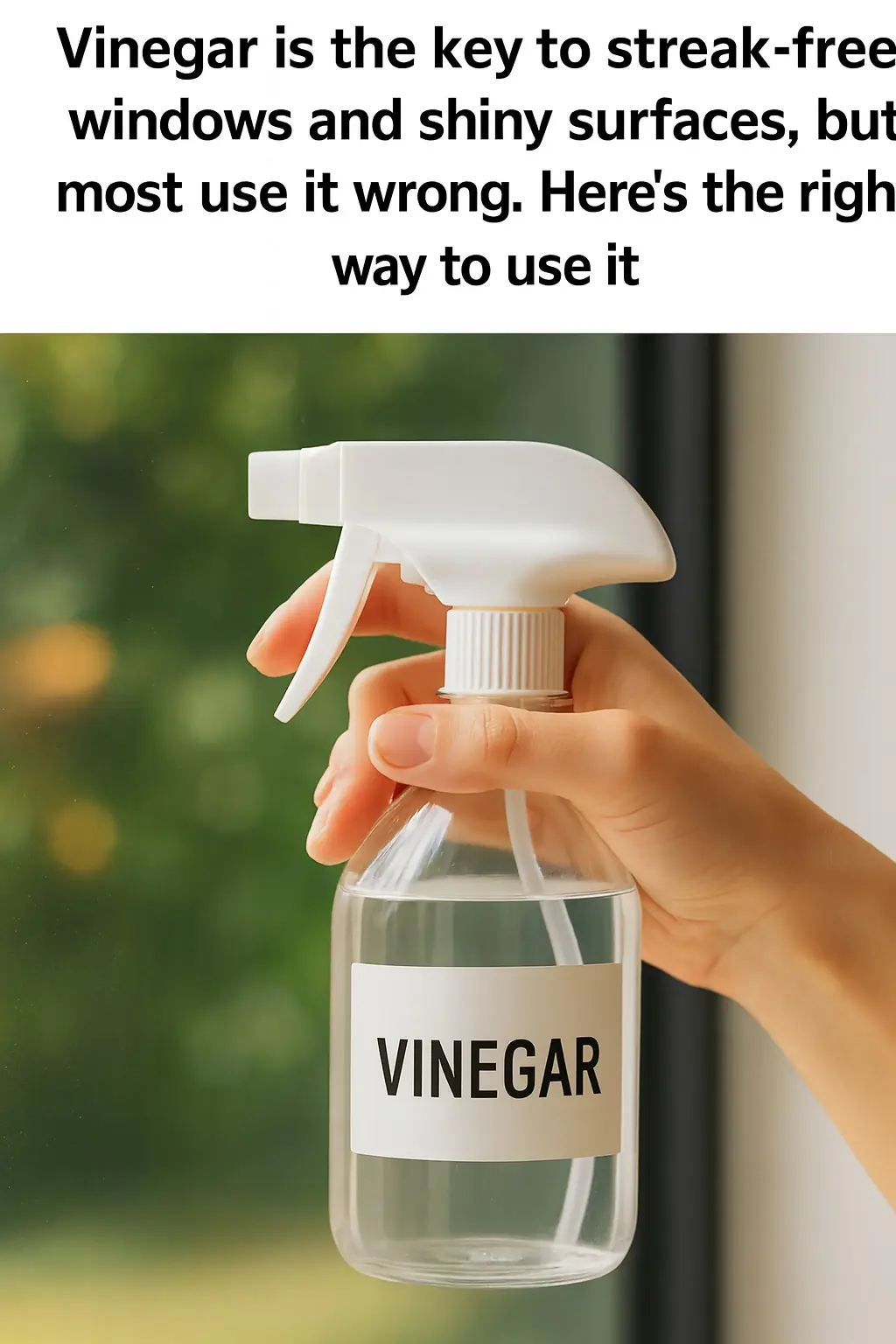
Vinegar has long been celebrated as a versatile, affordable, and eco-friendly cleaning powerhouse. Thanks to its natural acidity, it can dissolve grime, cut through grease, and leave surfaces fresh and clean. Yet many people still struggle with streaky windows or dull finishes when cleaning with vinegar—usually because of misunderstandings or improper techniques.
This guide breaks down the science behind vinegar, exposes common mistakes, and teaches you exactly how to use vinegar correctly for sparkling results every time.
1. Why Vinegar Works: The Science Behind Its Cleaning Power
Vinegar’s effectiveness comes from acetic acid, which makes up 5–8% of most household vinegar. This acid:
-
Dissolves mineral deposits
-
Breaks down grime and grease
-
Loosens dirt from surfaces
-
Acts as a mild natural disinfectant
Although it isn’t as strong as chemical disinfectants, vinegar still reduces bacteria and helps maintain a cleaner home without relying on harsh chemicals.
2. Common Mistakes That Lead to Streaks and Damage
Many cleaning frustrations stem from using vinegar incorrectly. The biggest mistakes include:
Using undiluted vinegar
Straight vinegar can be too harsh, especially on delicate surfaces. It can lead to discoloration, dullness, or even permanent damage.
Using vinegar on the wrong surfaces
Avoid vinegar on:
-
Marble
-
Granite
-
Natural stone
-
Waxed furniture
-
Electronic screens
-
Stone tile grout
Its acidity can etch, corrode, or strip finishes on these materials.
3. The Best Vinegar for Streak-Free Windows
When it comes to windows and glass, distilled white vinegar is the clear winner. It’s:
-
Colorless (won’t stain)
-
High in acidity
-
Affordable
-
Widely available
Look for vinegar with at least 5% acetic acid, which provides strong cleaning power without excessive harshness.
4. How to Mix the Perfect Vinegar Cleaning Solution
A well-balanced mixture makes all the difference. For most cleaning tasks:
✅ Mix 1 cup of distilled white vinegar with 1 cup of water
This creates a gentle but effective solution suitable for windows, glass, stainless steel, and more.
For tougher grime or mineral buildup:
✅ Use a 2:1 ratio (2 parts vinegar to 1 part water)
But always spot-test first to avoid damaging sensitive surfaces.
5. The Best Tools for Streak-Free Cleaning
The right tools matter when using vinegar. For best results:
✅ Microfiber cloths
They are lint-free, absorbent, and leave no streaks behind—perfect for windows, mirrors, and stainless steel.
✅ Squeegee
For large windows, a squeegee ensures a polished finish. Just remember to:
-
Start at the top
-
Pull downward in straight lines
-
Wipe the blade after every swipe
❌ Avoid paper towels
They leave lint, streaks, and residue.
6. Step-by-Step: How to Clean Windows with Vinegar
Follow this simple process for perfectly clear, streak-free windows:
-
Dust the window with a dry microfiber cloth.
-
Spray the vinegar solution evenly across the glass.
-
Wipe in circular motions to loosen grime.
-
Use a squeegee to remove excess solution, working top to bottom.
-
Dry the edges with a clean microfiber cloth.
Your windows will dry crystal clear—with zero streaks.
7. Using Vinegar to Shine Other Household Surfaces
Vinegar isn’t just for windows. It works beautifully on:
Stainless steel appliances
Spray lightly and wipe along the grain with a microfiber cloth.
Glass tabletops
The vinegar solution leaves a clean, glossy finish.
Bathroom fixtures
Spray, let sit for a few minutes to dissolve mineral buildup, and wipe clean.
Showerheads
Soak in vinegar for a few hours to remove hard-water deposits.
Avoid using vinegar on stone surfaces, as acidity can cause irreversible etching.
8. Viral Vinegar Hacks: Which Ones Work?
✅ Heating vinegar-water in the microwave
This hack works—steam softens dried splatters, making them easy to wipe off.
✅ Vinegar for removing soap scum
Effective when paired with baking soda or hot water.
❌ Using vinegar on hardwood floors
This will damage the finish over time.
❌ Using vinegar in clothes irons
It can corrode internal components.
Always test hacks before adopting them.
9. Safety Tips for Cleaning with Vinegar
While vinegar is safe and natural, proper handling is still important:
-
Never mix vinegar with bleach or hydrogen peroxide—this creates toxic gases.
-
Use vinegar in a ventilated area to avoid strong fumes.
-
Wear gloves if you have sensitive skin.
-
Rinse eyes immediately if vinegar splashes.
-
Keep vinegar away from pets and children to prevent accidental ingestion.
10. The Eco-Friendly Advantage of Cleaning with Vinegar
Vinegar is one of the most environmentally friendly cleaning ingredients available. It is:
-
Biodegradable
-
Non-toxic
-
Odorless once it dries
-
Free of harsh chemicals
-
Safe for septic systems
Using vinegar reduces reliance on chemical cleaners and cuts down on plastic waste—making your cleaning routine better for your home and the planet.
11. Frequently Asked Questions
Can vinegar kill mold and mildew?
Yes. Spray undiluted vinegar on moldy areas, let sit for an hour, then scrub.
Is vinegar safe for all surfaces?
No. Avoid using it on natural stone, waxed items, electronics, or anything with protective coatings.
Final Thoughts
Vinegar is a powerhouse cleaner when used correctly. With the right dilution, tools, and techniques, it can transform windows, appliances, and fixtures from dull to dazzling—naturally and affordably. By avoiding common mistakes and embracing smart cleaning habits, you can harness vinegar’s full potential and enjoy a cleaner, shinier home without relying on harsh chemicals.
News in the same category


Haven't heard that before
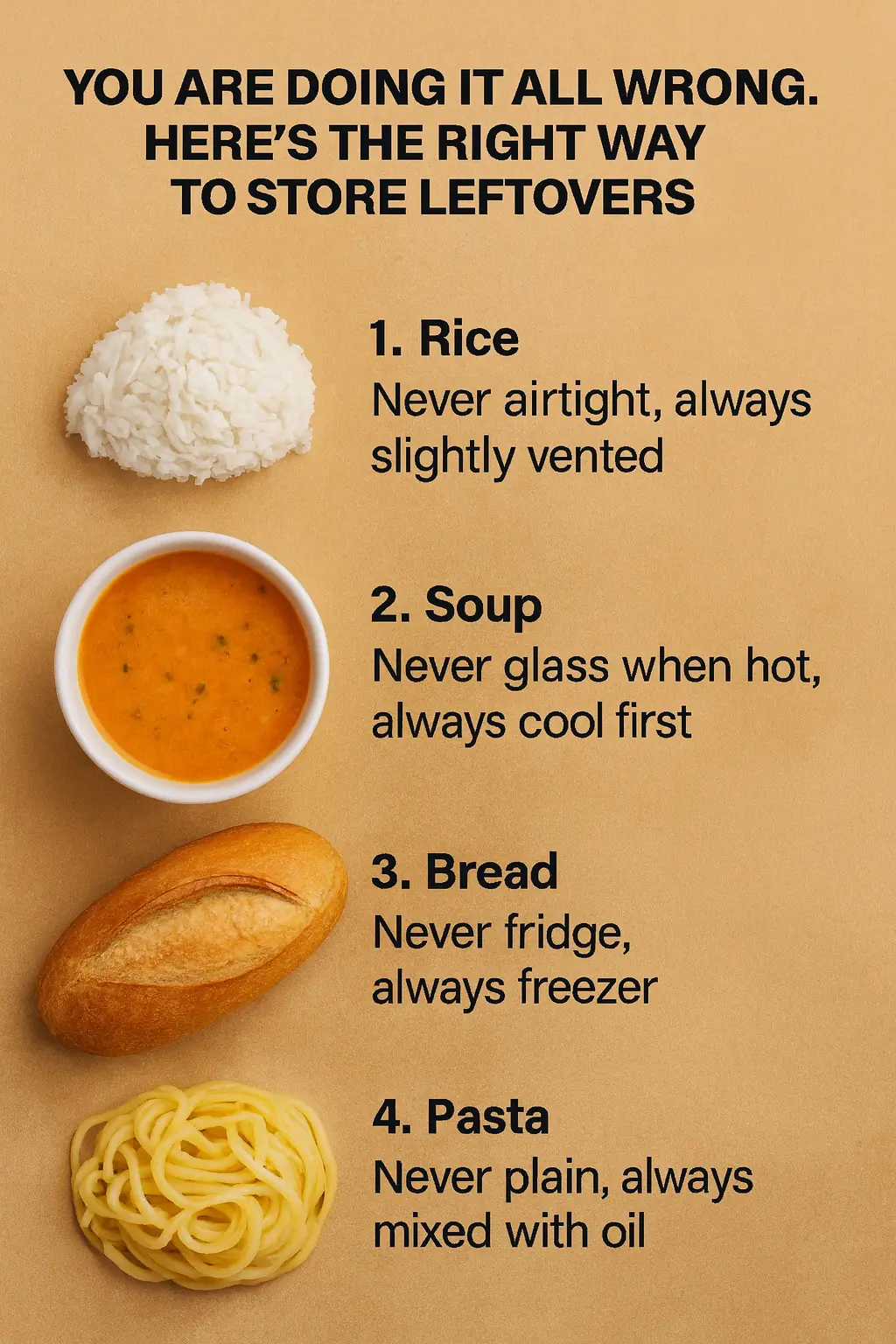
You are doing it all wrong. Here’s the right way to store leftovers
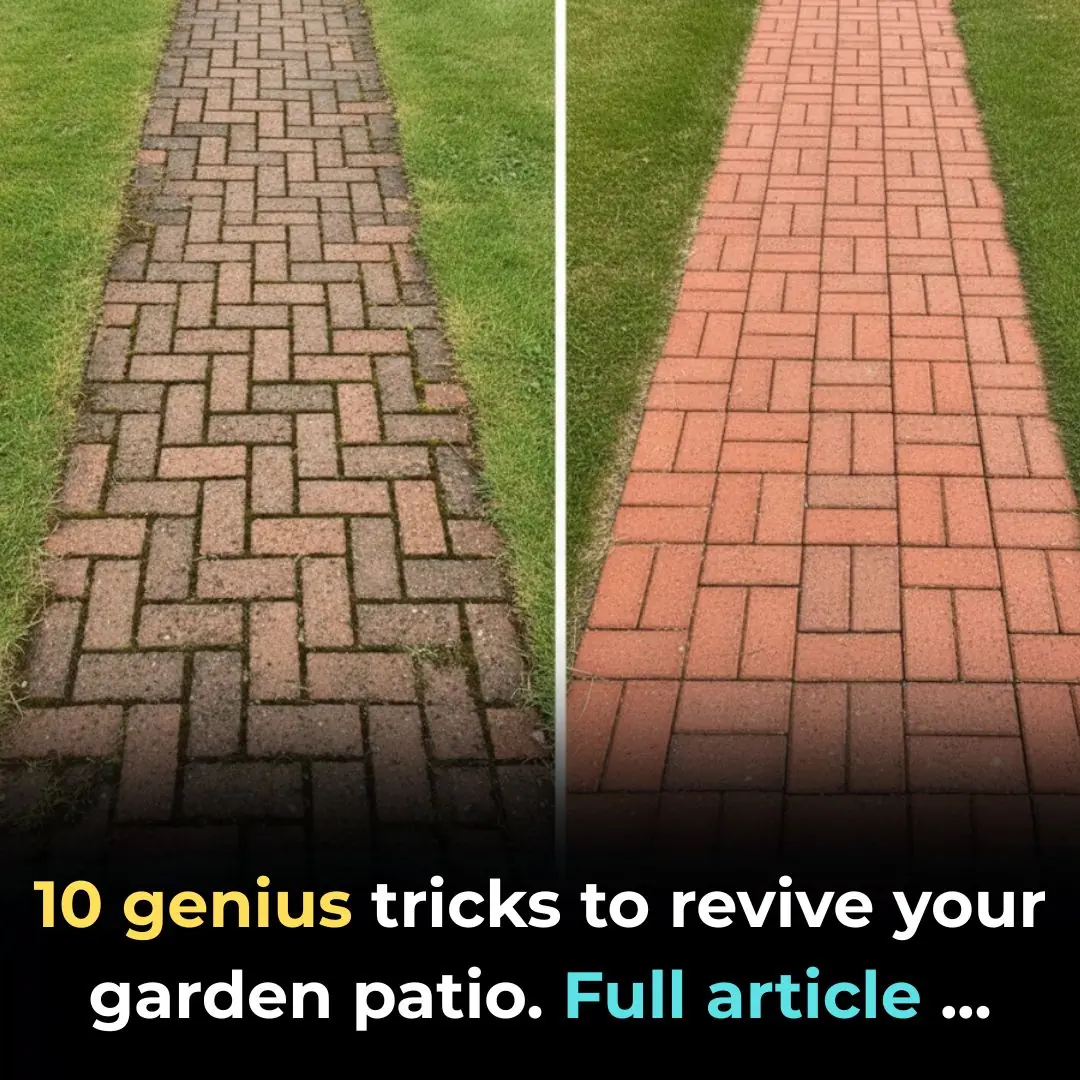
10 genius tricks to revive your garden patio
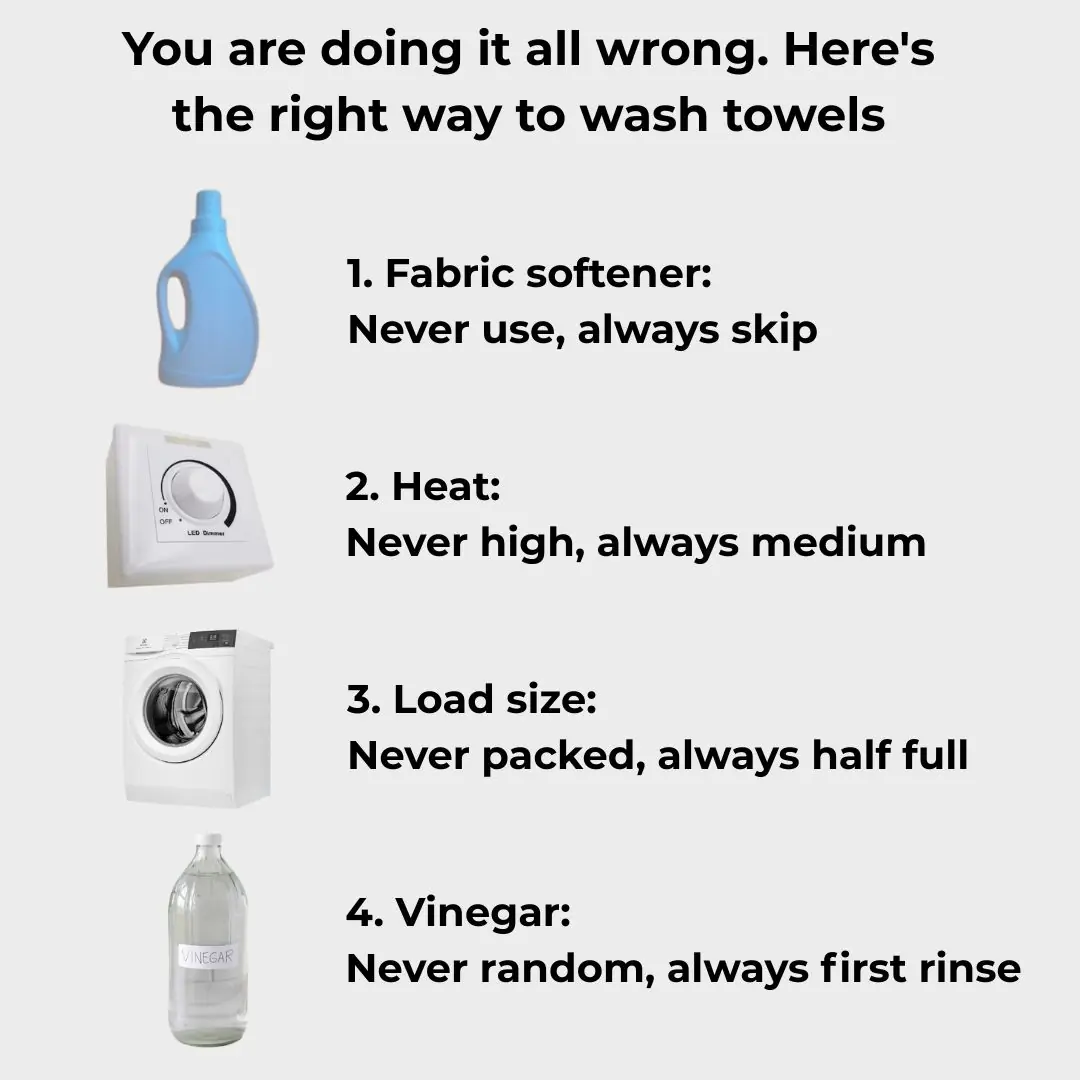
You are doing it all wrong. Here’s the right way to wash towels
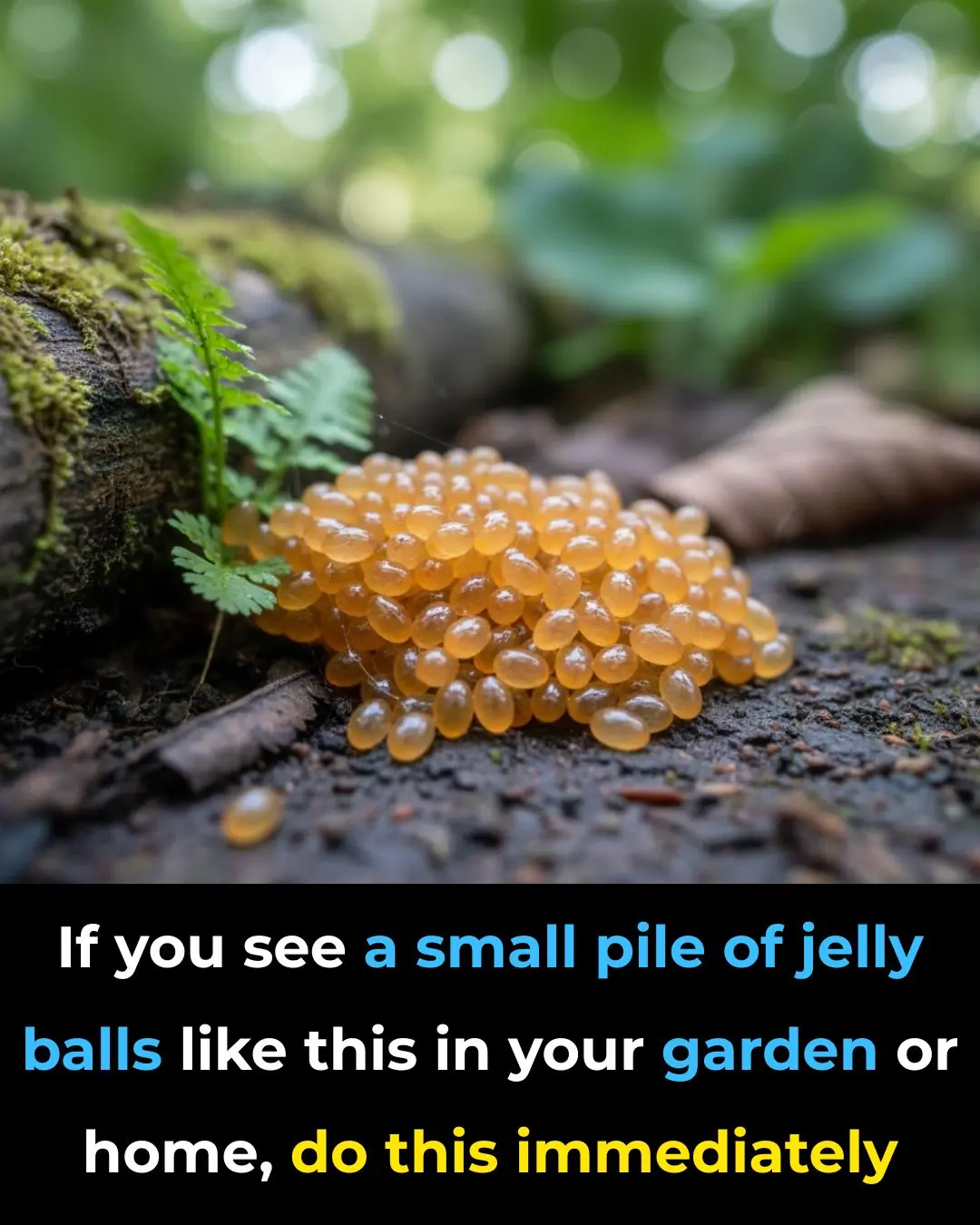
They look so harmless

How to Remove a Fish Bone from Your Throat 🐟😮
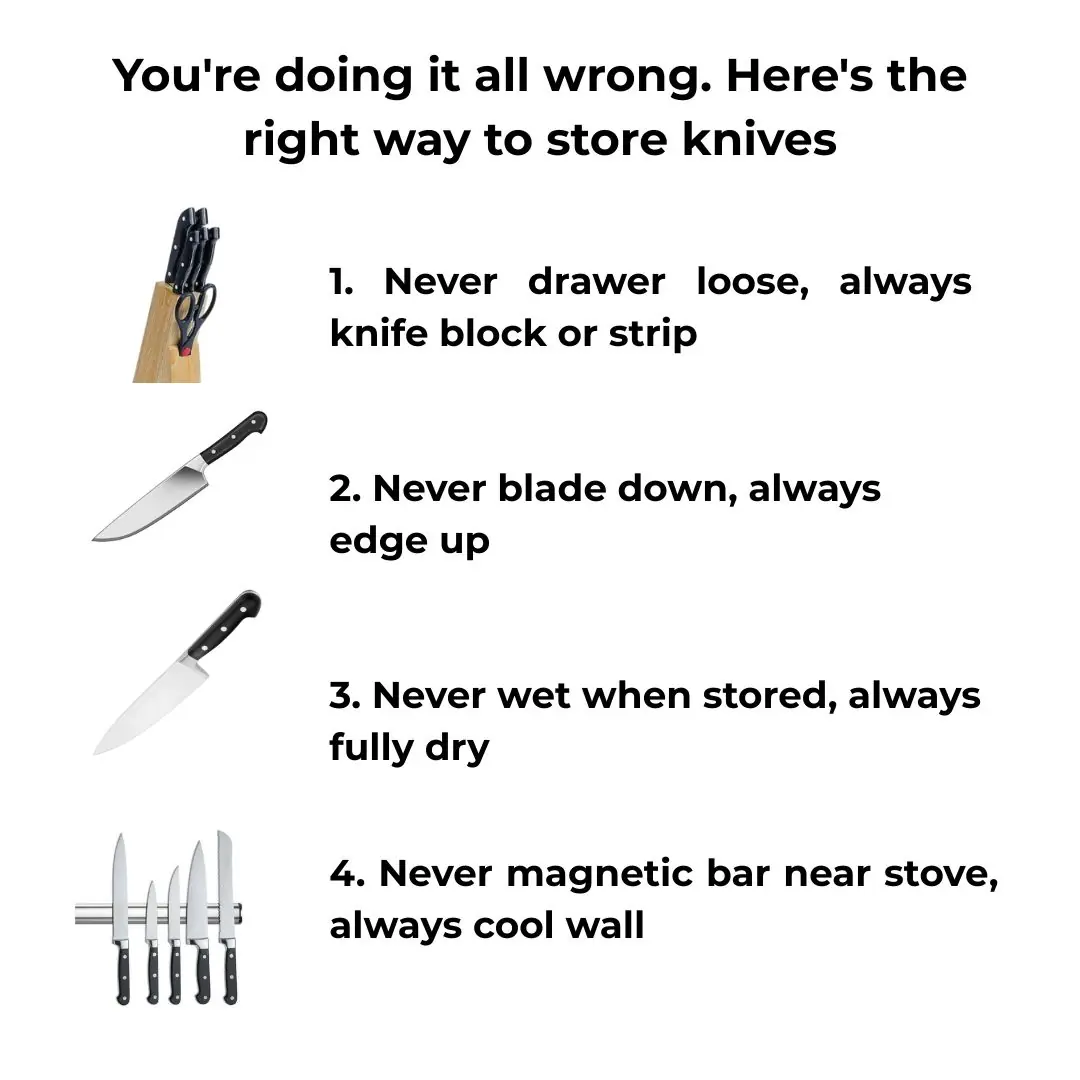
You’re doing it all wrong. Here’s the right way to store knives
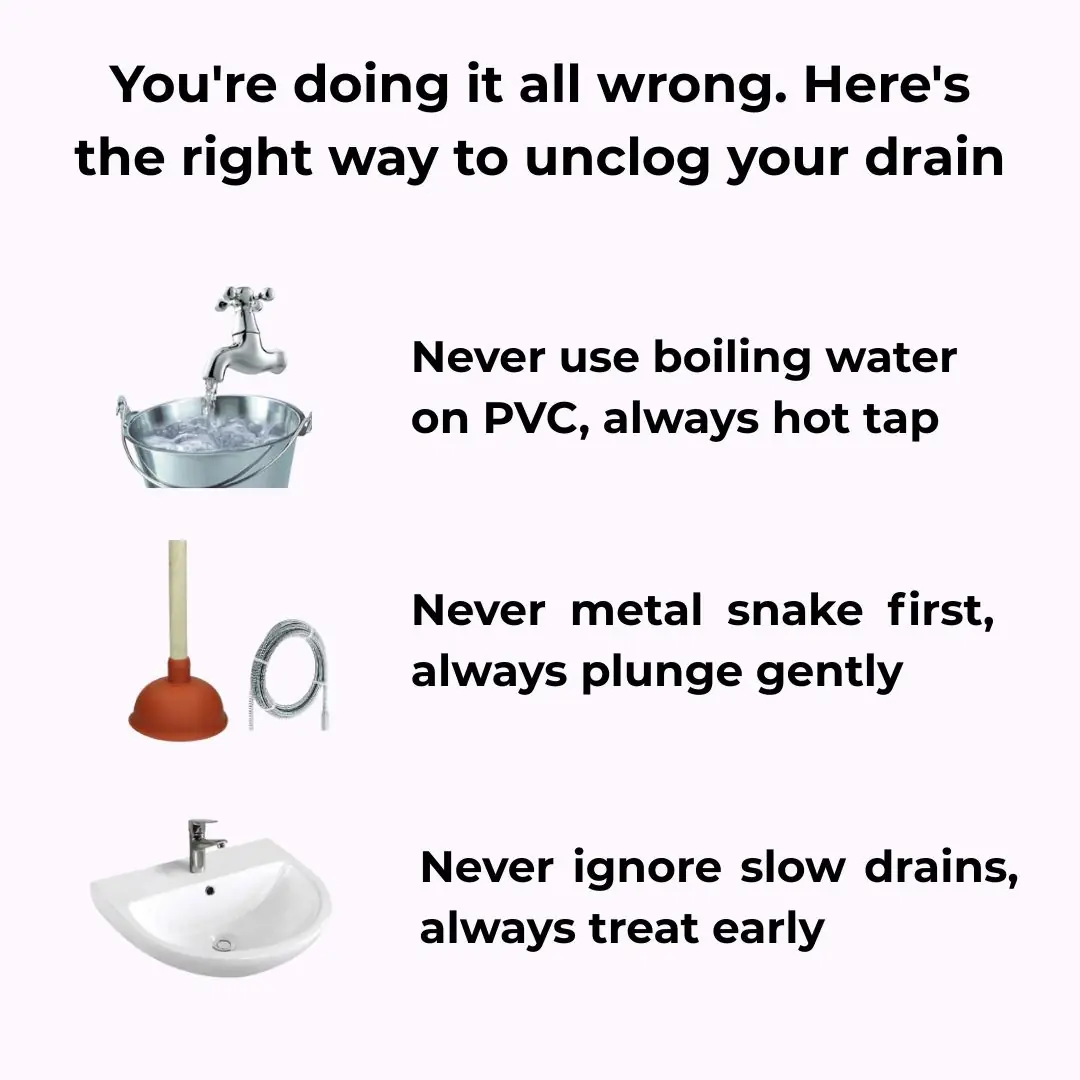
You’re doing it all wrong. Here’s the right way to unclog your drain

Mistake when washing grapes with salt and baking soda: This method only removes insect eggs, and the skin is still edible

Boiling chicken with plain water is outdated: 2 ways to cook chicken without water that make it delicious, tender, and preserve its nutrients

A type of vegetable destroys more than 90% of cancer cells within 48 hours, yet Vietnamese people mistake it for a wild plant growing all over the streets.

A plant with a distinctive aroma: Both a spice and a 'miracle' for health

Bare pork through boiling water, thought clean but soaked in more dirt: This is the most correct thing

A week after applying this method, cockroaches, ants, and mosquitoes no longer appeared in my house.

🚽 How to Unclog a Toilet Without Using a Plunger – 5 Smart, No-Mess Hacks That Actually Work
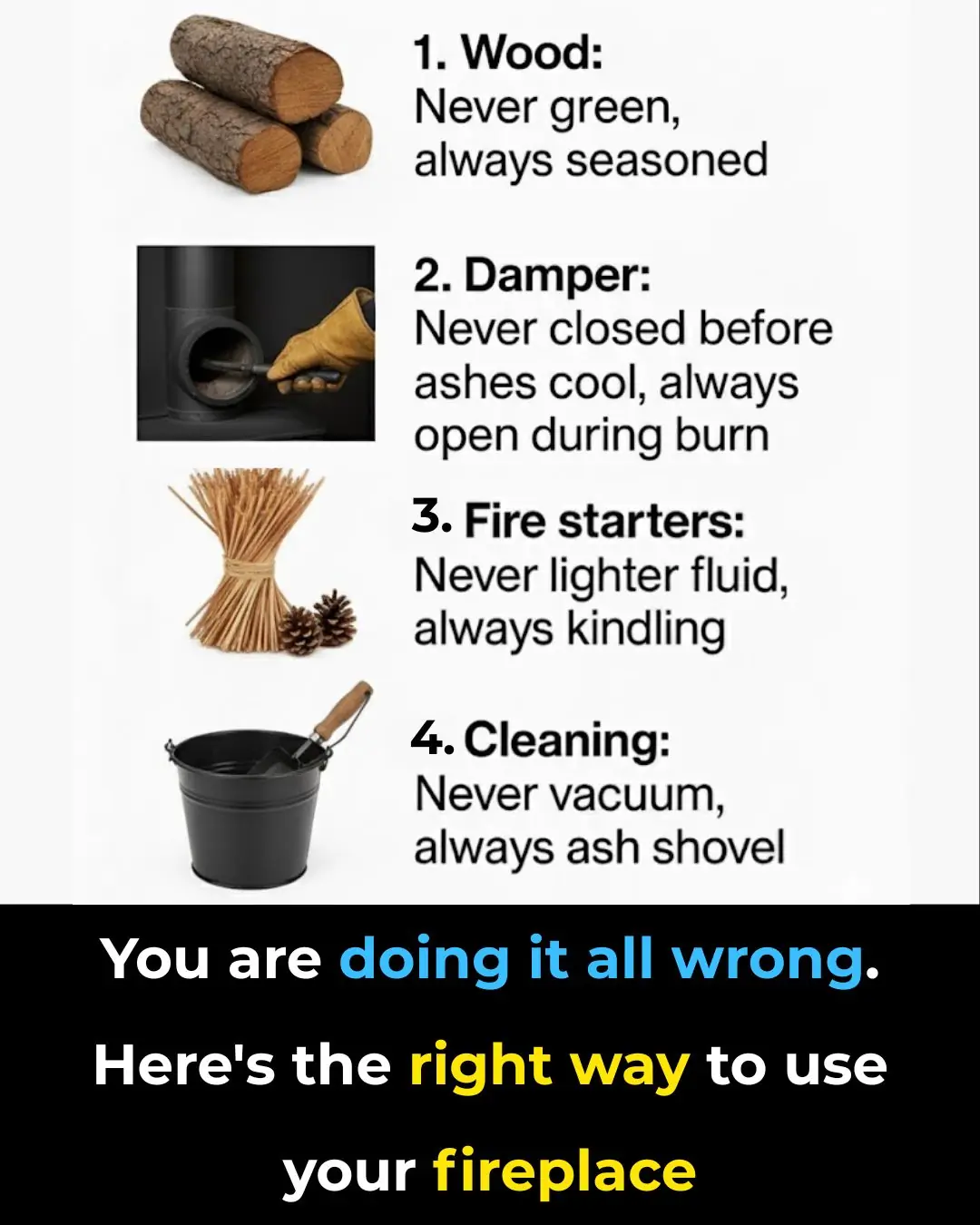
You are doing it all wrong. Here’s the right way to use your fireplace
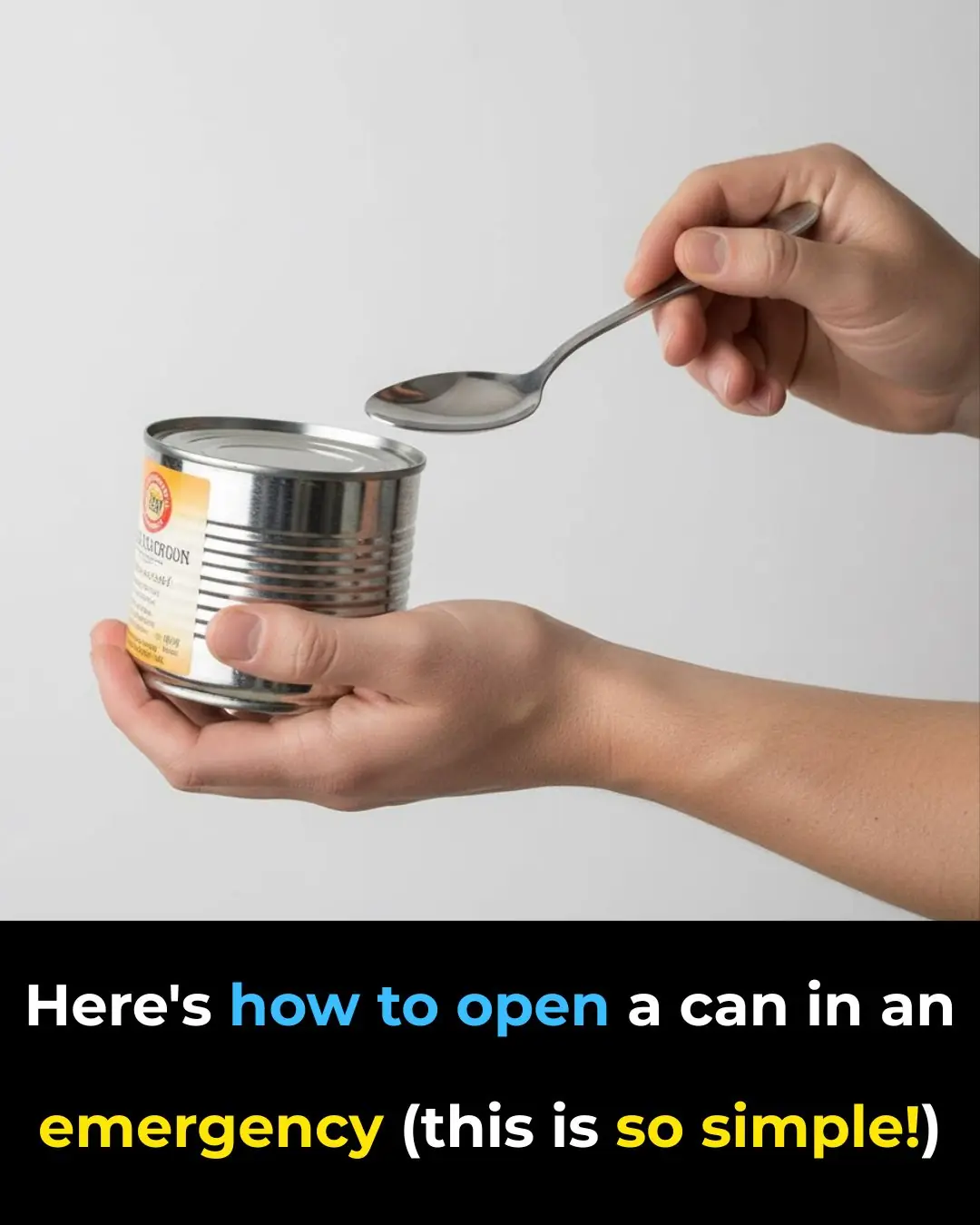
Here's how to open a can in an emergency (this is so simple!)
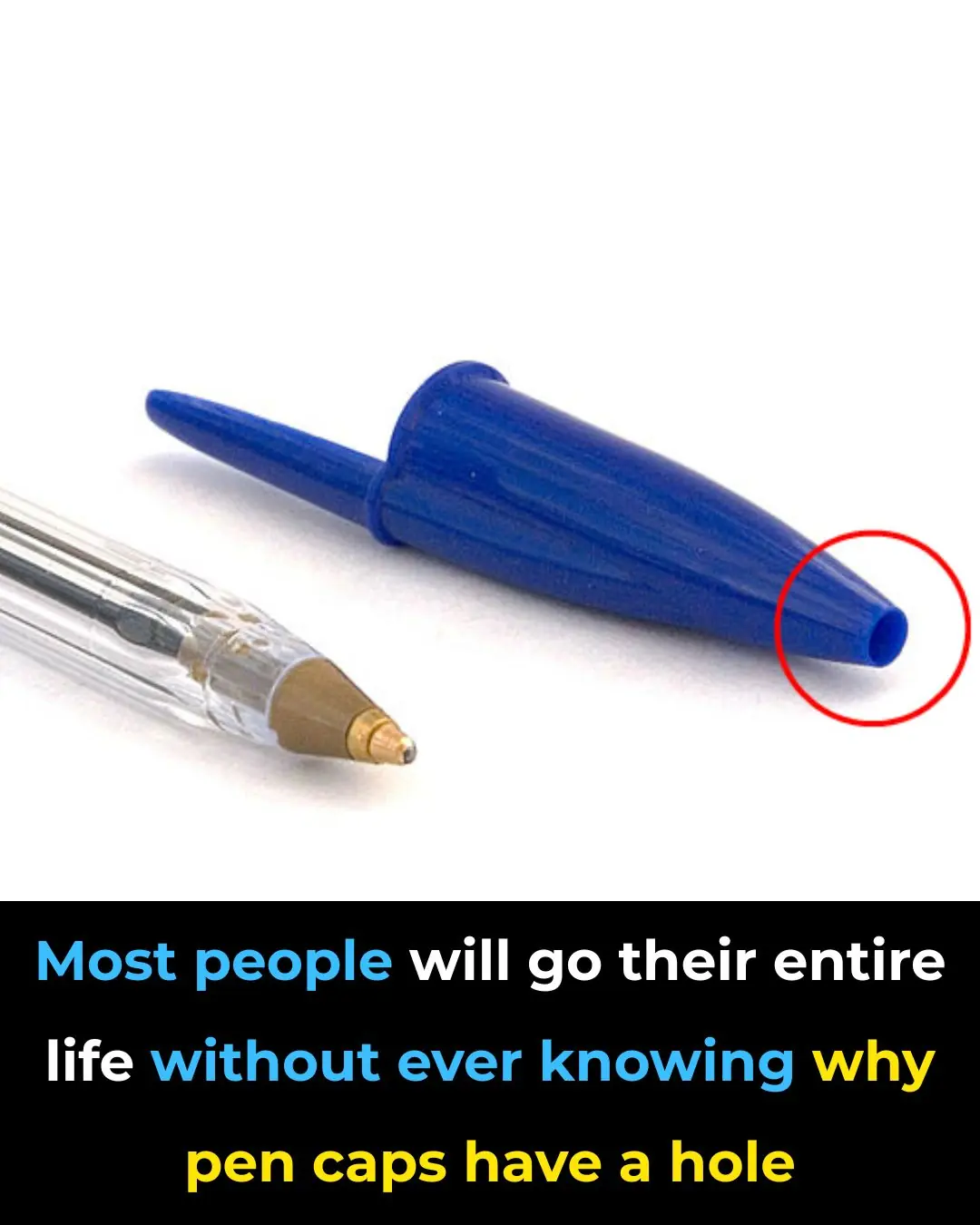
Most people will never know
News Post

Eating Steamed Sweet Potatoes Every Day: A Woman Shocked by Her Liver Test Results

Warning Signs You Should Never Ignore: The Silent Symptoms of a Brain Aneurysm

Model Loses Both Legs After Toxic Shock Syndrome From Everyday Tampon Use

Before And After: Woman With Extreme Lip Enhancements Reveals Old Look

Tragic End: Georgia O’Connor Passes Away Weeks After Wedding Amid Medical Neglect
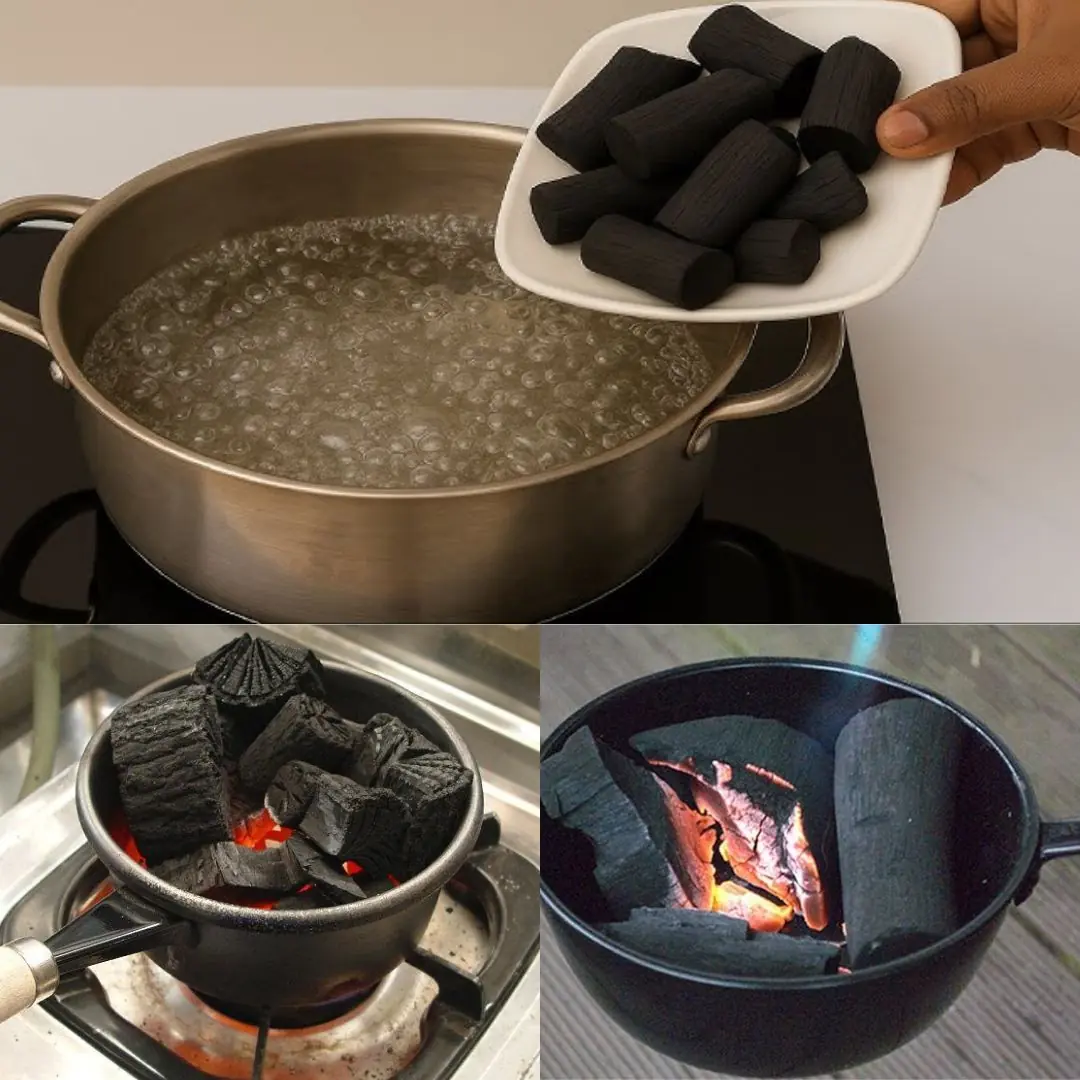
DIY Survival Water Filter: A Simple Life-Saving Tool You Can Make Anywhere
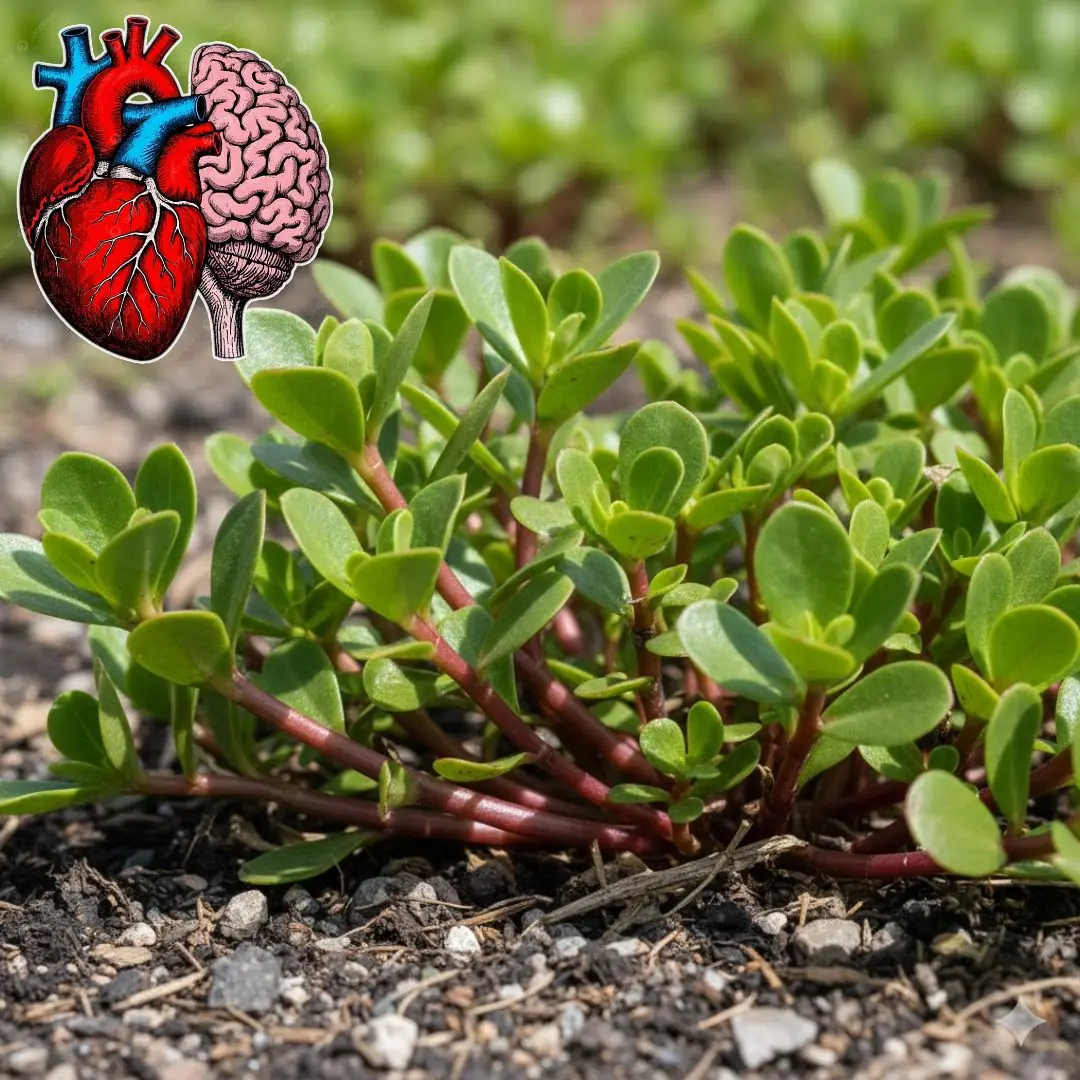
30 Powerful Reasons You Should Stop Ignoring Purslane

Why drinking your sugar is more harmful for diabetes than eating it, study finds

You are doing it all wrong. Here’s the right way to store leftovers

When a cat rubs against you, this is what it means

Zodiac Signs Most Likely to Have Prophetic Dreams

Ivy and Vinegar: A Safe and Natural Spray to Keep Pests Off Your Garden
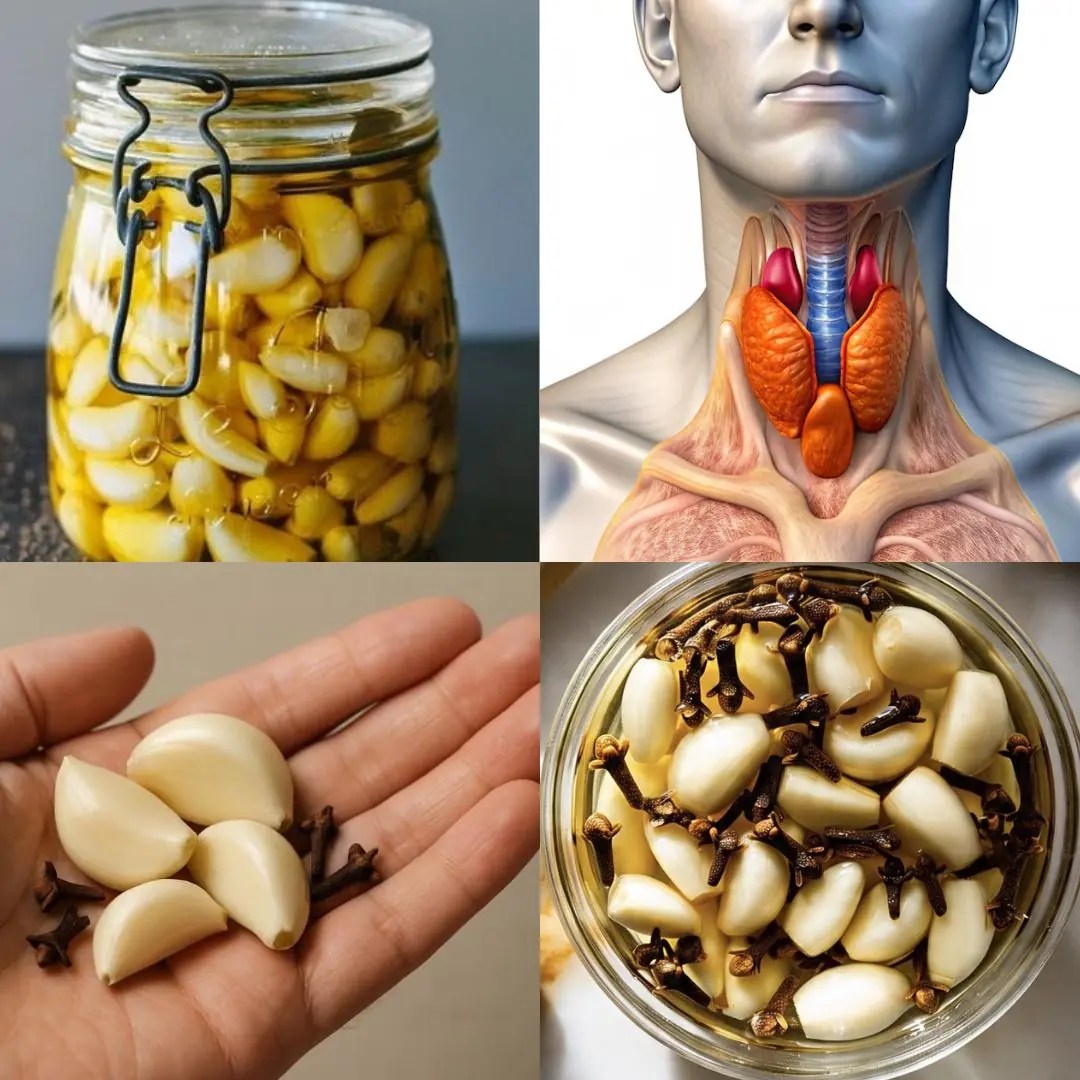
Garlic, Honey, and Cloves – a powerful natural remedy packed with health benefits

Haven't heard that before

You are doing it all wrong. Here’s the right way to store leftovers

10 genius tricks to revive your garden patio

You are doing it all wrong. Here’s the right way to wash towels

They look so harmless
